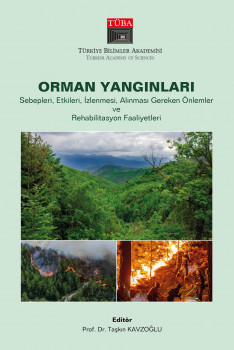Reforesting of Burned Forestland After Wildfire and Monitoring

Reforesting of Burned Forestland After Wildfire and Monitoring
To create reproductive of forests and their special ecosystems with the highest possible success after a fire, it is important that the ecological, technical and economic analyzes to be carried out in the burned areas are carried out as detailed as possible and in a way that best reflects the natural processes. In this context, the planning of restoration works after the determination of ecological and economic damage in the burned areas, determination of operational purposes, pioneer species analysis, study of habitat and site conditions (climatic, edaphic and physiographic factors), determination of the possibilities of using natural seeds, and as a result of these analyzes, site preparation, the supply of seed material from improved seed sources for sowing and planting applications, the use of correct afforestation and restoration techniques, maintenance and other cultivation techniques are important factors that directly affect the processes of reproduction of these areas. Remote sensing is defined as the most effective tool for the prevention and monitoring of forest fires. Remote sensing data used together with geographic information systems provide important information to researchers in monitoring and assessment studies for the mapping of forest fires, fire severity and re-establishing the ecosystem in burned areas in the long term. Different types of remote sensing data are required for different techniques, methods and models in order to fully understand the complexity of forest fires and the subsequent regeneration of the ecosystem. In this context, vegetation cover and change before and after the fire, topographical and other environmental conditions are factors that should be considered to understand and model the effects of the fire in the region.
